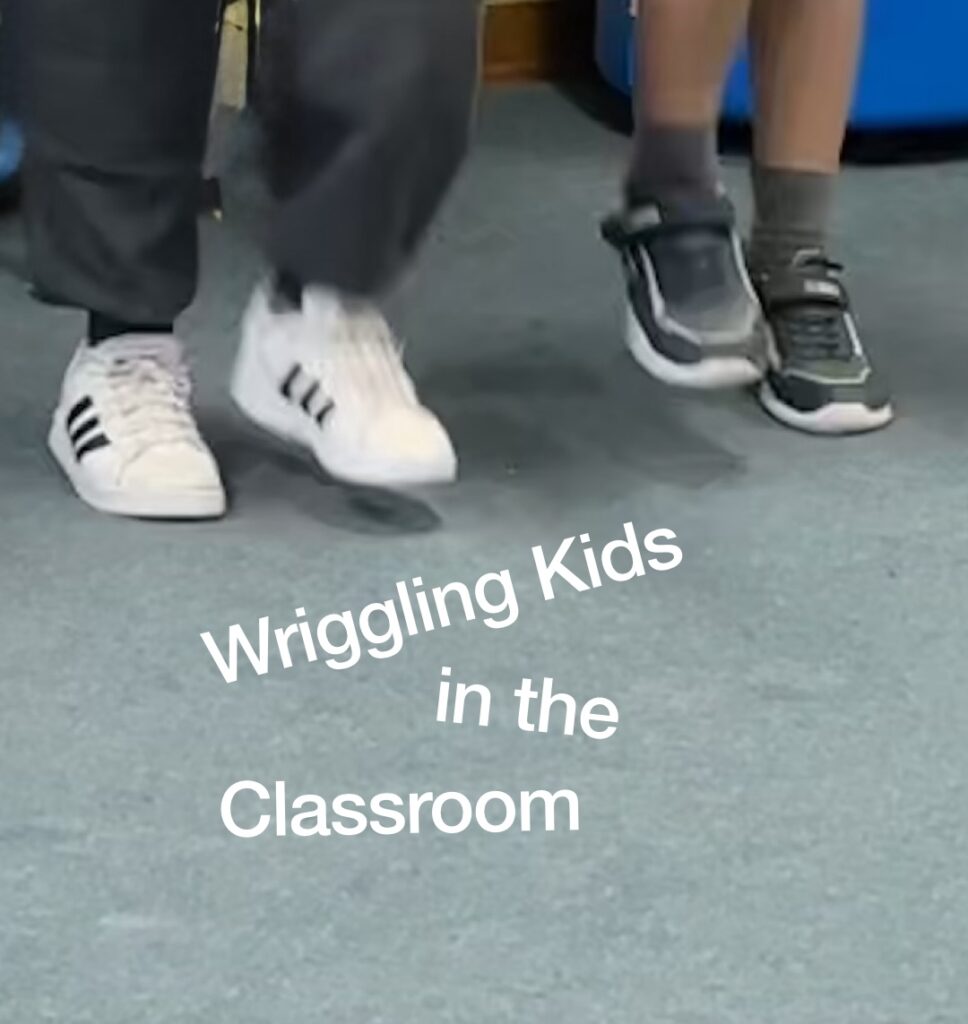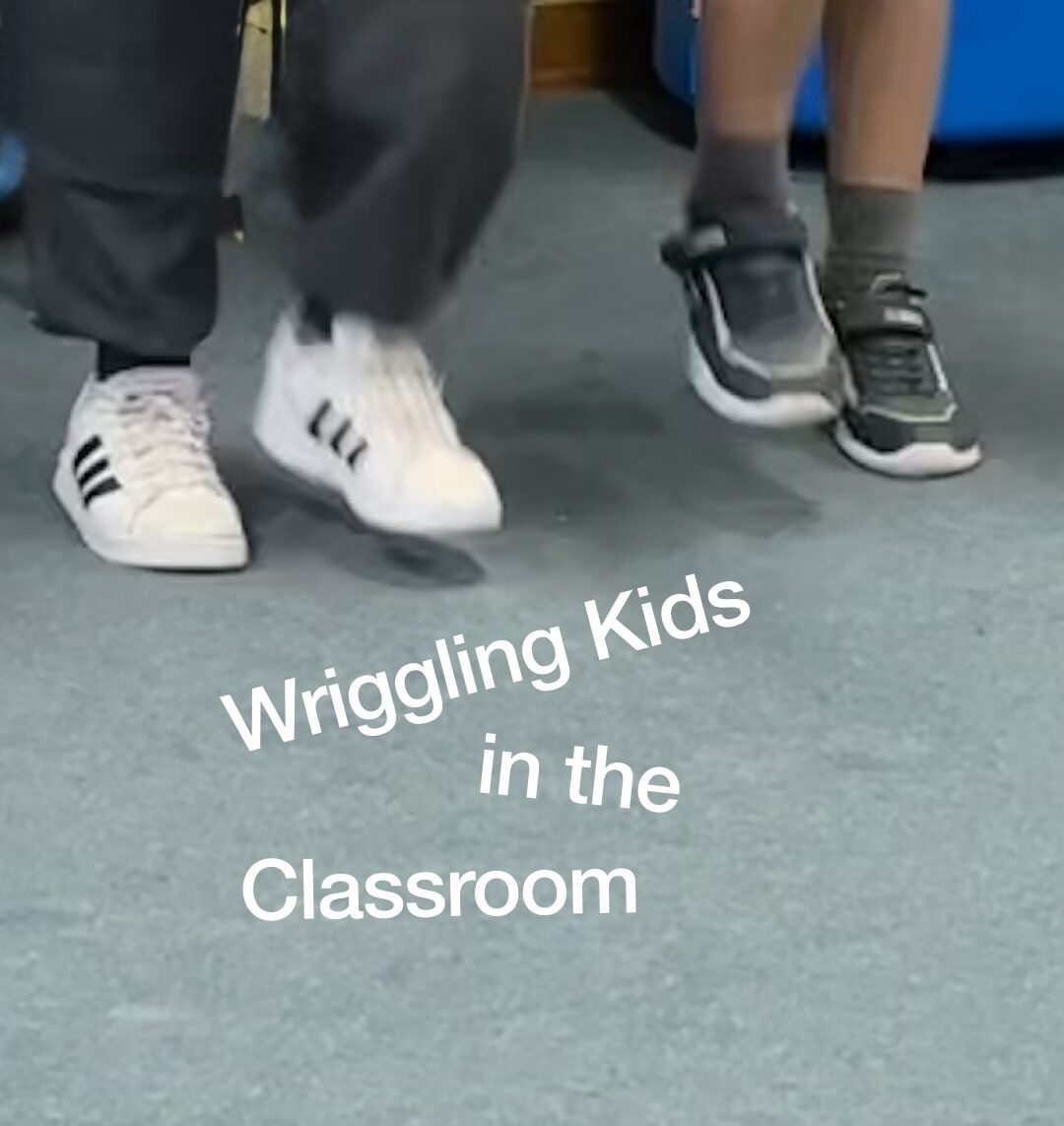
Every classroom has a wriggler who struggles to suppress their constant urge to move. Wriggling is particularly prominent during periods of transition, such as very early in their schooling and throughout the middle years, especially in boys. Some teachers love the wrigglers, but their wriggling can be unhelpful in the classroom. Teachers vary dramatically in their approaches to managing wrigglers.
Which approaches have you found successful when working with wrigglers? Which would you never use? What is your measure of success? Are there any others?
- Use the child as an example to the rest of the class of what not to do. ‘Boys and girls, do we think Tyrone is making good choices?’
- Send a letter home suggesting the child be assessed for by a paediatrician.
- Give the wrigglers a detention. If they won’t sit still in class, they can practice at lunchtime.
- Reward students who demonstrate self-control by sitting still.
- Send wrigglers out or to another classroom during explicit instruction to remove distractions and disruptions for others.
- Teach the class deep-breathing techniques to calm down.
- Put up a chart displaying what good learners look like – look, listen, lips closed, legs crossed, hands in lap.
- Give consistent reminders about demonstrating their five Ls.
- Repeat the names of wriggly kids again and again as they repeat their behaviours.
- Sit wrigglers at the back of the room during lessons so they do not distract others with their movements.
- Teach great lessons so students are highly engaged, non-wriggling learners.
- Integrate opportunities for physical activity into lessons across the entire curriculum.
- Give them a job to do, such as distributing resources or demonstrating a task.
- When wrigglers are particularly wriggly, send them on a message to get it out of their system.
- Schedule regular brain breaks using Go Noodle or Just Dance throughout the day.
- Group the wrigglers together, so everyone else gets can learn without distractions.
- Promote equitable access to a tub of fidget toys for the whole class.
- Begin each day with a 30 minute PE lesson to wake up the brain and use energy.
- Adopt an open choose-your-own-adventures approach to teaching and learning.
- Embrace and celebrate the wriggling as part of what makes each individual unique.




